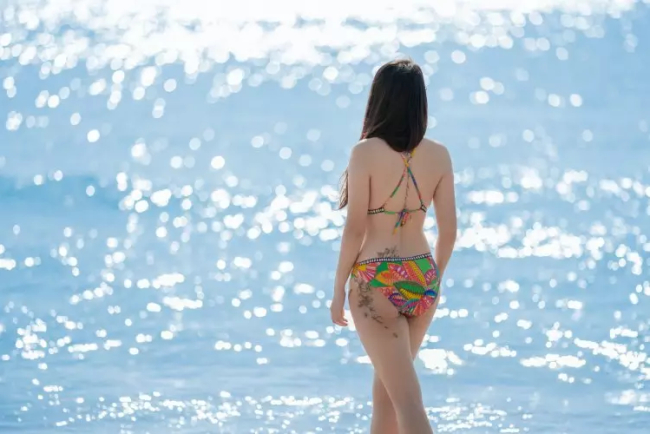The Evolution of the Bikini: From Scandalous to Iconic
Discover the fascinating evolution of the bikini swimsuit, from its scandalous beginnings to becoming a beachwear staple. Learn about the key moments and trends that shaped its journey through history.

The bikini swimsuit, a symbol of liberation and style, has undergone a remarkable transformation since its debut in the mid-20th century. From a controversial garment to a staple of summer fashion, the bikini's journey reflects broader societal changes and evolving attitudes toward body image and personal expression.
The Birth of the Bikini
The modern bikini was introduced to the world on July 5, 1946, by French engineer Louis Réard. Named after the Bikini Atoll, the site of nuclear tests, Réard’s design was intentionally provocative. The original bikini was so scandalous that Réard struggled to find a model willing to wear it, eventually hiring Micheline Bernardini, a nude dancer, to showcase his creation. This bold introduction set the stage for the bikini's complex relationship with societal norms.
Early Controversy and Gradual Acceptance
In its early years, the bikini faced significant backlash. Many countries, including Italy, Spain, and Australia, banned the garment on public beaches. Despite the controversy, the bikini began to gain popularity in the 1950s and 1960s, thanks in part to its adoption by Hollywood stars like Brigitte Bardot and Ursula Andress. Bardot’s appearance in a bikini at the Cannes Film Festival and Andress’s iconic scene in the James Bond film "Dr. No" helped to normalize the bikini and make it a symbol of glamour and rebellion.
The Bikini in Pop Culture
The bikini’s influence on pop culture cannot be overstated. In the 1960s, the song "Itsy Bitsy Teenie Weenie Yellow Polka Dot Bikini" by Brian Hyland captured the playful and daring spirit of the time. The bikini became a symbol of the sexual revolution and women's liberation movements, representing a shift towards more relaxed and expressive fashion.
Design Innovations and Trends
Over the decades, the bikini has evolved in design to reflect changing fashion trends and cultural attitudes. The 1970s saw the rise of the string bikini, which offered minimal coverage and maximum sun exposure. The 1980s introduced high-cut designs and bold colors, while the 1990s favored sporty styles influenced by athletic wear.
In recent years, the focus has shifted towards inclusivity and body positivity. Brands now offer a wide range of sizes and styles to cater to diverse body types. Sustainable materials and ethical production practices have also become important considerations for both designers and consumers.
The Bikini Today
Today, the bikini is a ubiquitous presence on beaches and in fashion. Social media platforms like Instagram have further propelled its popularity, with influencers and celebrities showcasing the latest trends. High-waisted bikinis, one-shoulder tops, and retro-inspired designs are currently in vogue, reflecting a blend of modern and nostalgic aesthetics.
The bikini's evolution is a testament to its enduring appeal and adaptability. What began as a controversial garment has become a powerful symbol of freedom, confidence, and individuality. As fashion continues to evolve, the bikini will undoubtedly remain a key player, adapting to new trends and continuing to empower those who wear it.
The journey of the bikini swimsuit from its controversial beginnings to its current status as a fashion staple is a fascinating story of cultural and societal change. Its evolution mirrors the progress of body positivity and the ongoing quest for self-expression in fashion.
The bikini has certainly come a long way, and its story is far from over. As trends continue to evolve and new designs emerge, the bikini will remain a beloved and iconic part of swimwear fashion.
What's Your Reaction?

































